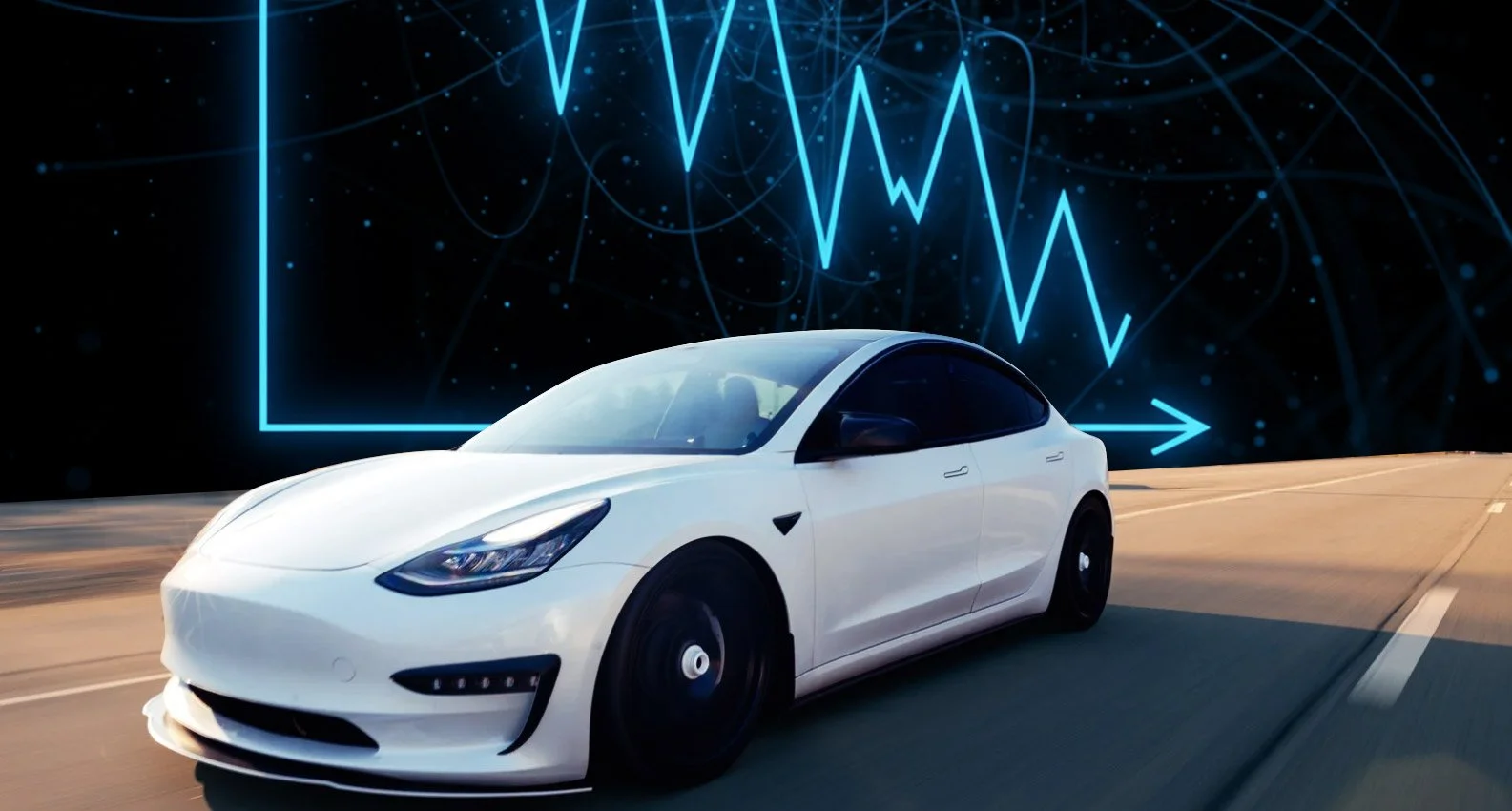Tesla’s Shrinking Slice and Its Impact on the EV Market: What Property Owners and Investors Need to Know
In Q3 2025, Tesla’s U.S. EV market share fell to 41%, down from over 80% just a few years ago, while total EV sales reached 438,487 units—10.5% of all U.S. auto sales in the quarter. This shift from a single dominant brand to a diversified marketplace signals an inflection point that every commercial property owner, fleet manager, and charging-hub investor should understand. Universal charging infrastructure is now essential.
Key Takeaways
Tesla’s Share Decline: From 80% in 2021 to 41% in Q3 2025, according to Cox Automotive.
Industry Growth: Q3 2025 EV sales increased 40.7% over Q2; more than 1 million EVs sold through September.
Rising Competitors: GM doubled EV sales to 66,501 units; Ford up 30%; Hyundai/Kia nearly doubled.
Broader Implications: More brands, price points, and vehicle types driving demand for universal charging solutions.
Why Tesla’s Market Share Shift Matters
When Tesla controlled the market, charging needs were narrowly defined (primarily Tesla’s NACS connector at fast-charge sites). Now, with 71 unique EV models on U.S. roads (up 31% year-over-year), property owners must support multiple connector types including CCS, NACS, and CHAdeMO. Universal charging stations are no longer optional.
FAQ: What was Tesla’s U.S. market share in Q3 2025? Tesla held approximately 41% of U.S. EV sales in Q3 2025, down from 49% in Q3 2024.
Competitor Spotlight: GM, Ford, Hyundai/Kia
General Motors
Q3 2025 EV deliveries: 66,501 units (up 100% year-over-year)
Market share: **13.8%**
Models: Chevrolet Equinox EV, Cadillac Lyriq
Ford Motor Company
Q3 2025 EV sales: 30,612 units (+30% year-over-year)
Key models: Mustang Mach-E, F-150 Lightning
Hyundai/Kia (Hyundai Motor Group)
EV sales nearly doubled in Q3 2025
Models: IONIQ 5, EV6, EV9
As legacy automakers scale production across price tiers and vehicle segments, EV adoption expands beyond early adopters to value buyers and fleet operators.
Implications for Commercial Properties
Universal Compatibility: Supporting the Legacy and Future Fleets The industry's move to NACS is confusing for many investors. While Ford, GM, and others will begin adding native NACS ports in 2025, the transition will take years.
CCS is Still Growing: The overwhelming majority of non-Tesla EVs on the road today use CCS. In fact, deployment of new CCS fast-charging stations grew 24% year-over-year as of June 2025 to support this massive existing fleet.
The Adapter Phase: For the next several years, millions of drivers will rely on cumbersome CCS-to-NACS adapters.
The Solution: A "NACS-only" strategy is a mistake that will alienate the entire 2020-2024 fleet of GM, Ford, Hyundai, Rivian, and VW vehicles. A truly "universal" station must offer both native NACS and native CCS (plus CHAdeMO) to provide a seamless, adapter-free experience for all drivers.
Scalable Infrastructure
Adopt modular systems for phased expansion
Use intelligent load management to balance grid demand
Revenue Opportunities
Implement tiered pricing (flat fee plus per-kWh rate)
Enhance property value and tenant satisfaction
Investor Confidence
Target shovel-ready sites in high-growth regions
Prioritize uptime and proactive support for stable returns
Act Before Incentives Expire
The record-breaking Q3 sales were driven by the expiration of federal EV tax credits on September 30, 2025. Q4 sales will likely dip, creating a short-term slowdown, but market share is expected to stabilize at 5–7% before rebounding to 8%+ in 2026.
The New Battleground: Automakers Replace Federal Credits
The Q4 2025 "sales cliff" was anticipated, but manufacturers are not ceding the market. In the weeks since the federal credit expired, several major brands have launched aggressive incentive programs and lease deals to effectively replace the $7,500 credit.
Hyundai/Kia: Offering cash incentives and "loyalty" bonuses on models like the IONIQ 5.
BMW & Stellantis: Have introduced their own rebates to keep prices stable.
Cadillac: Is offering competitive lease deals on its 2026 LYRIQ and new OPTIQ models.
Why This Matters for Property Owners: This signals that automakers will fight to protect their new, hard-won market share with price incentives, not by slowing production. This ensures that the volume of non-Tesla EVs on the road will continue to grow steadily in 2026, reinforcing the demand for your universal charging stations.
What to Watch For in Q4 2025 and 2026
The EV market has proven it is no longer dependent on a single brand or a single incentive. As the market finds its new baseline, we are watching two key trends:
The "Price War" Winners: Which brands use rebates most effectively to retain the new customers they gained in Q3?
The First Native NACS Models: We expect the first 2026 models with native NACS ports, like the Cadillac OPTIQ, to hit showrooms early next year, officially starting the connector transition.
The key takeaway is unchanged: The market has evolved from a Tesla-dominated landscape to a multi-brand ecosystem. Property owners and investors who install universal, scalable charging infrastructure now will capture the highest utilization and strongest returns.
Contact EV Range to ensure your property is ready for this multi-brand, multi-connector future, and follow us for ongoing insights.
FAQ
Q: Why is Tesla’s market share falling? A: Overall EV sales are outpacing Tesla’s growth, as competitors such as GM, Ford, and Hyundai/Kia scale production, introduce new models, and drive price competition.
Q: How many EV models are available in 2025? A: Seventy-one unique EV models—up from fifty-four in 2024—covering trucks, SUVs, sedans, luxury, budget, and performance segments.
Q: What connector types do I need? A: To serve all drivers, deploy stations with CCS, NACS, and CHAdeMO connectors alongside a mix of Level 2 and DC fast-charging options.









